Skies can make or break images. Actually in our experience they break more often than they help to make a photo better. Especially in the Bay Area we have either:
- Blue sky no clouds
- Bright near white sky (e.g. photographing backlit subjects)
- Full overcast
- Boring clouds
In Vancouver you can have way more luck that the sky cooperates:
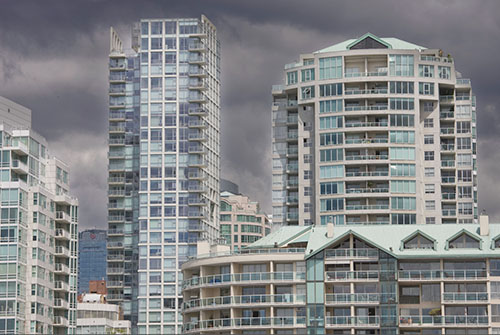
Some photographers (including us) try to avoid sky whenever it is possible. But of course many subjects require the sky as reference.
Where simple skies can work
We discuss some samples to show where more simple (call it boring) sky can still work.
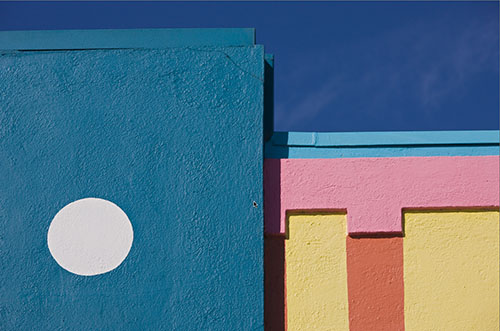
In this sample the sky itself is quite boring but it fits quite well into the overall color scheme of the composition.
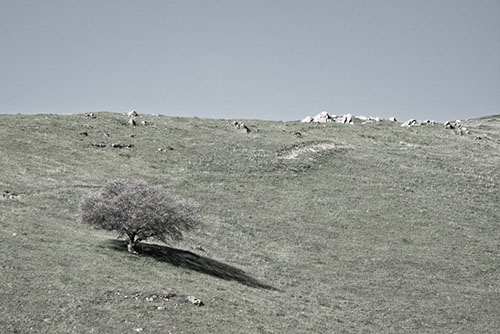
Simple skies can often also sometimes be ok with B&W or colorized photos. In the above photo we just may get away with it. Of course some nice fluffy clouds would be nice in this sample.
Where clouds may even be in the way of the composition
Here is a sample where most clouds may even be disturbing the composition:
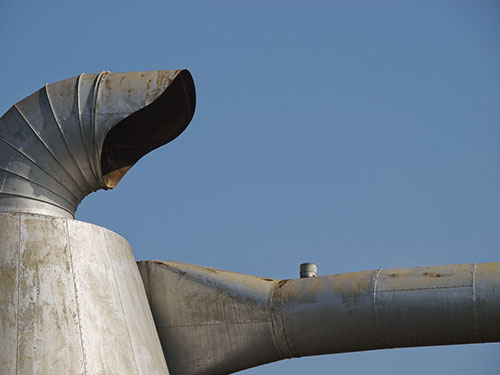
This image is about the graphic structure of the pipes and most kind of clouds could be in the way of a clean and simple composition.
Solutions to rescue the sky
Gradients
Here we photographed a building in the shade while the sun was just behind it:
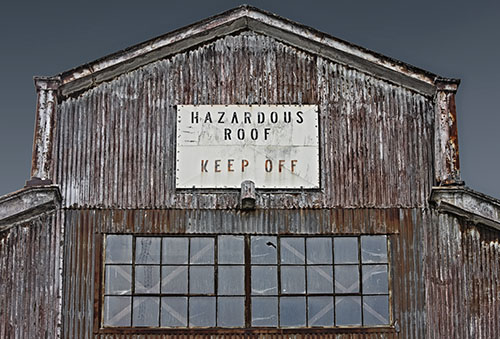
In this case we used a gradient to completely replace the nearly white sky. Because we wanted the building to get a more surreal we find the solution appropriate.
HDR and Tone Mapping
We presented how we created this image
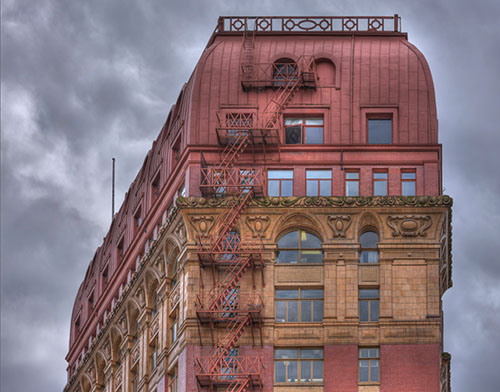
in an recent article called "There will be Clouds".
Here is a new example from Vancouver:
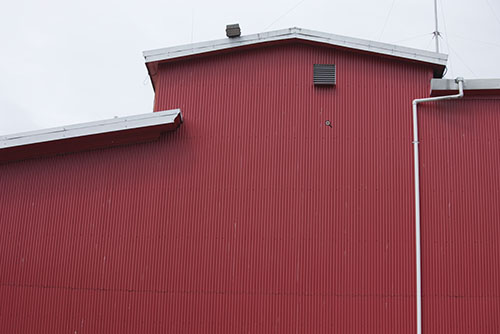
A building in the shade and the sky boring at best. We liked the red structure and of course avoiding the sky is no option here. Again using Photomatix Details Enhancer (we had 2 bracketed shots available) did the trick:
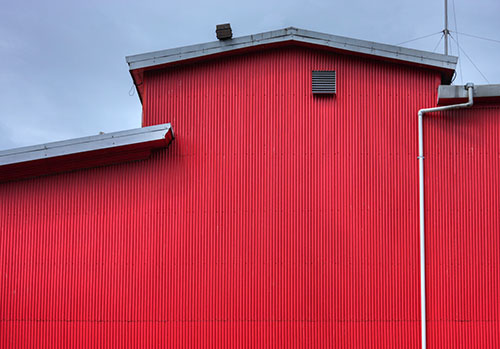
We just mention the editing steps involved to give you an idea how to recover images like this one.
- Merge to HDR (including alignment)
- Tonemapping with Photomatix Details Enhancer (this is key for getting the bluish sky back)
- Lens correction
- Perspective tuning
- DOP EasyD Detail Resolver for local contrast
- Cloning in CS3 to clean up the bird droppings from the read wall
Conclusion
As said: watch the sky. Better to risk a shot and look into some post editing than missing the photo entirely (our Capture more Light technique helps a lot here). For us post editing is often as exciting as shooting at location. Some editing techniques can make a big difference. Photomatix Details Enhancer is high on our list. |